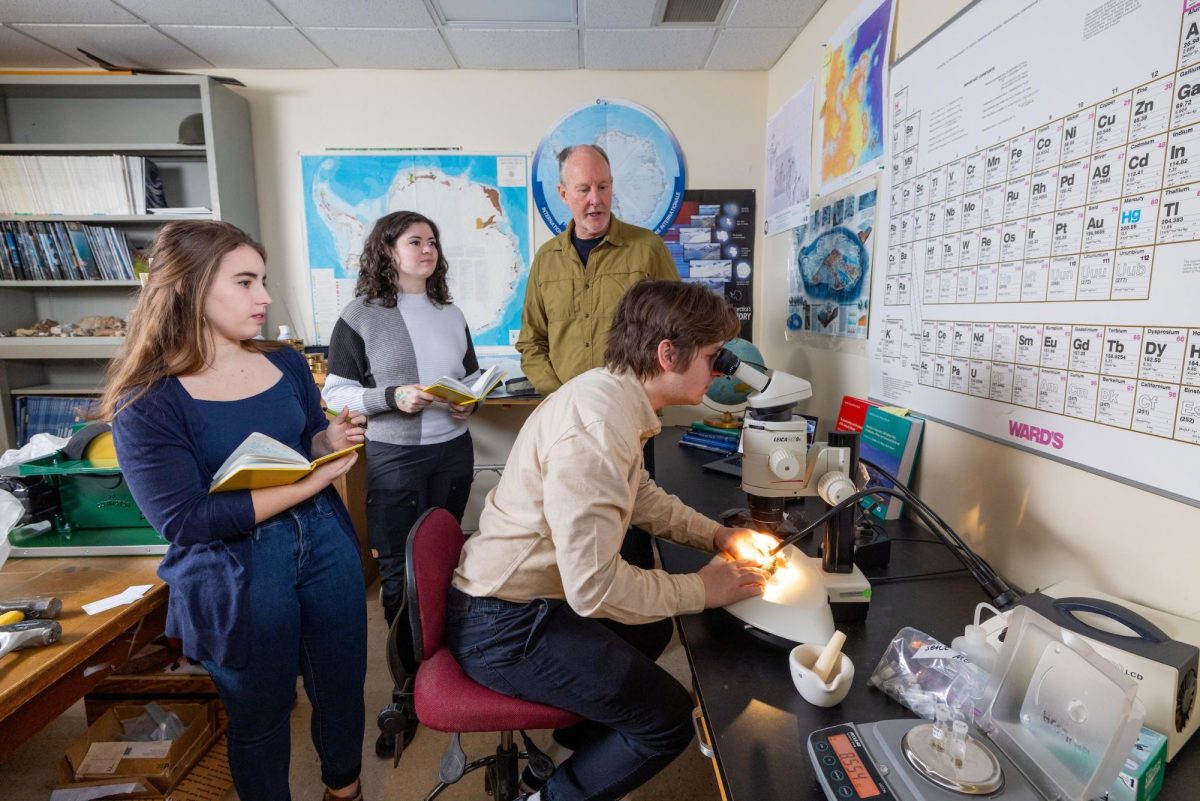The dawn of the 21st century seemed to present unending possibilities and limitless potential, but these first seven years have shown us just how fragile this reality is. New dangers and crises appear across every horizon and seldom does a day go by that we do not hear news or read statistics warning of the flimsiness of our current state of affairs. Our national security is provided as much by oil as by tanks and aircraft carriers, and we now rely on foreign nations for more than half of the oil the nation needs. And our environment, that incredibly resilient womb that nurtures and provides for the whole of humanity, has been shown to be on the verge of disaster.
To many, these issues are unrelated, each requiring the resources of the nation to provide a unique solution. The answer to our oil dependence does, after all, exist right now in the form of coal. The United States has by some estimates enough coal to power our lights and homes for two centuries, a huge supply that has earned us a title as the Saudi Arabia of coal. Removing oil as a source of power generation and replacing it entirely with coal is economically viable, and even to some a politically popular plan, but the environmental cost would be dramatic and irreparable.
The answer therefore lies not in addressing each problem as an independent crisis, but rather in considering them blessedly linked. For seldom do two so serious predicaments lend themselves to such an obvious and common solution. In order to reduce our carbon footprint, the nation’s energy production methods must be altered, and in so doing we have the exceptional opportunity to both end our reliance on imported energy and drastically cut our carbon emissions.
There are a number of alternatives that exist to end our reliance on cheap, carbon-based sources of power. If implemented correctly they could bring an end not only to oil-based electricity, but also to coal-fire plants as well. The key lies in a broad, national plan that uses the strengths of each region of the country to optimize usage of alternative energy sources. In the west, where the days are long and sunny, solar-based power is a practical replacement for traditional methods of electric generation. On the coasts where winds are constant, armadas of electricity-producing windmills can be created to power cities and suburbs. Large rivers can be captured and tamed in the manner of the famous Hoover Dam, and now even the power of waves rolling in from sea can be converted into cheap, renewable, pollution-free power for millions.
Unfortunately, for a nation of mass consumers numbering over 300 million, there is currently no pollution-free way to provide all the electricity we need to operate our homes, businesses, hospitals and computers. And where wind, solar or other methods fail to provide the energy we need we must look to the power of the atom. The United States, with 104 reactors already produces more electricity from nuclear power than any other country on the planet. Despite this, only one-fifth of our domestic energy consumption is nuclear based, meaning that if we were to seriously seek an end to coal and oil, the construction of numerous new reactors would be an unavoidable necessity. France recently completed a similar transformation, closing the last of its coal power plants and relying on nuclear reactors for 80 percent of its energy. As a result, France enjoys some of the cheapest power in Europe, and because nuclear reactors produce no airborne pollution, France also has the cleanest air of any of the world’s industrial powers.
New technologies are presenting solutions to the problems that exist with these reactors. A whole generation of computer controls and safety systems have been designed in the decades since the last new nuclear power plant came online in the U.S., and equally new technologies now allow for the volume and the radioactivity of waste to be greatly reduced, leaving a substantially smaller risk of environmental contamination when disposing of waste.
As technology and science continue to advance, alternatives even to nuclear power will begin to assert themselves. Fusion has the potential to provide literally infinite power for the world. Space-based solar power with fleets of satellites harnessing and releasing the power of the sun for billions of people is equally enticing because it is rapidly becoming feasible. But for now, solutions must be implemented or our nation will continue to face the shocking realities of our own insecurity. And perhaps in the process of this transformation we can show the world how to save itself from the devastation our own pollution as brought upon us.
Send comments about this column to [email protected]







